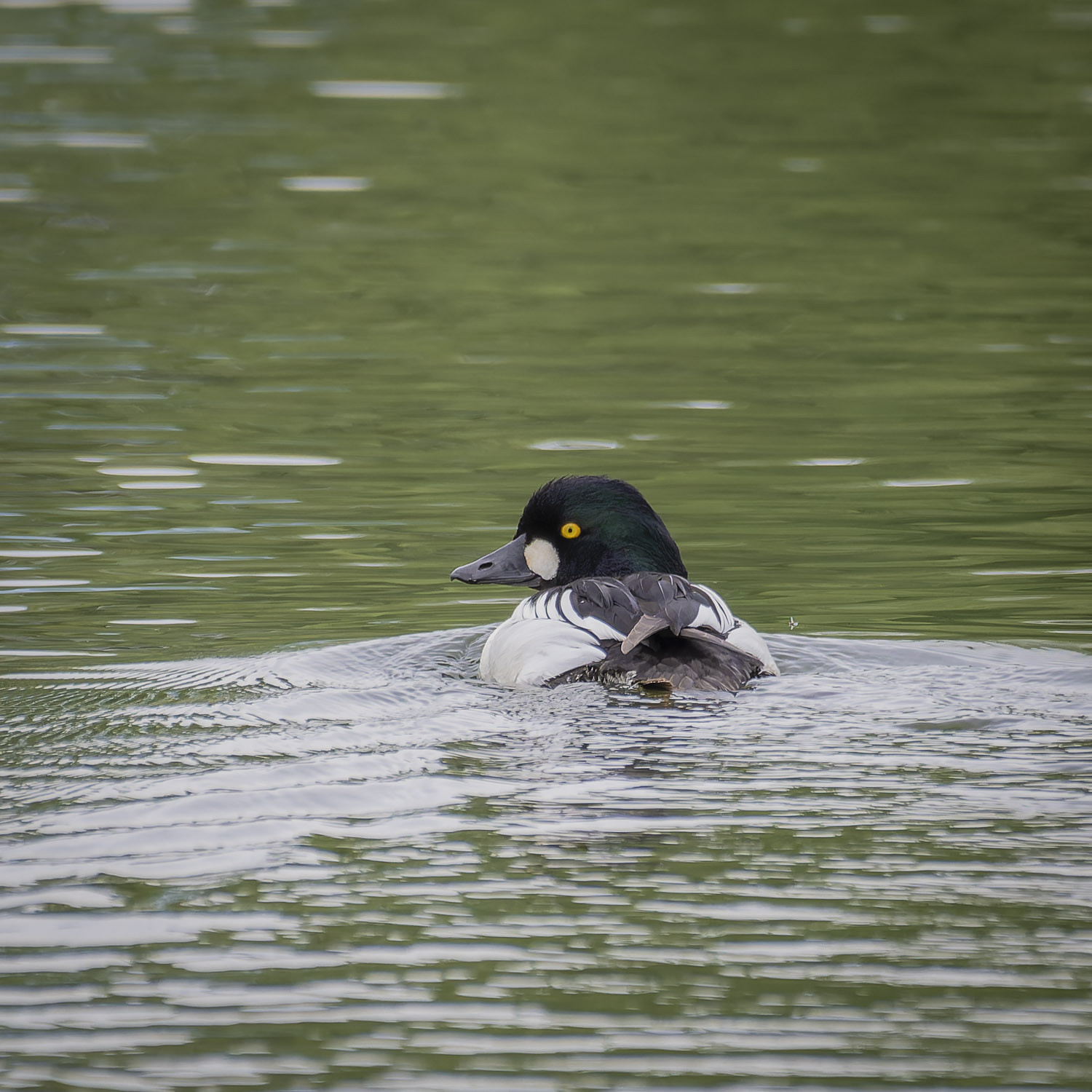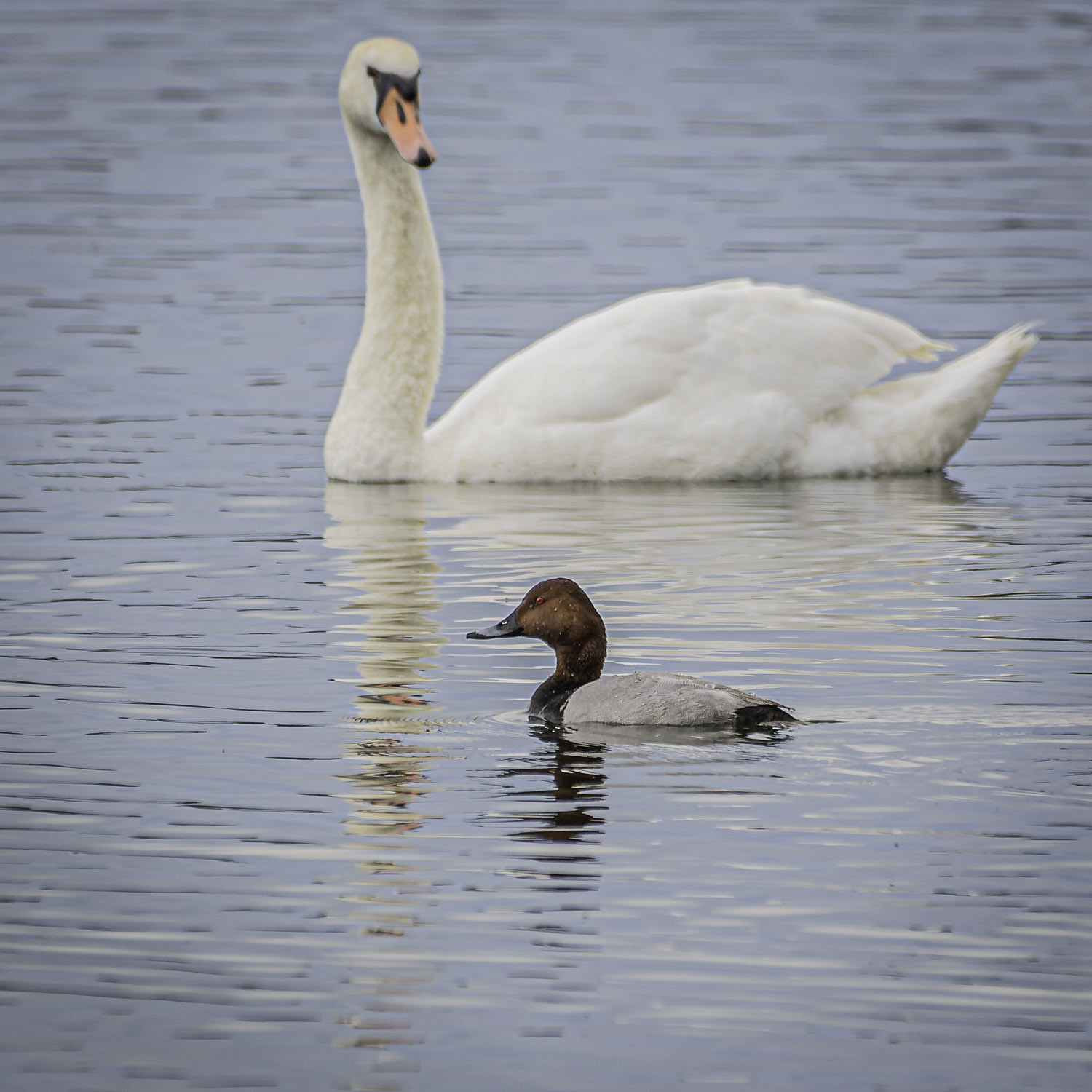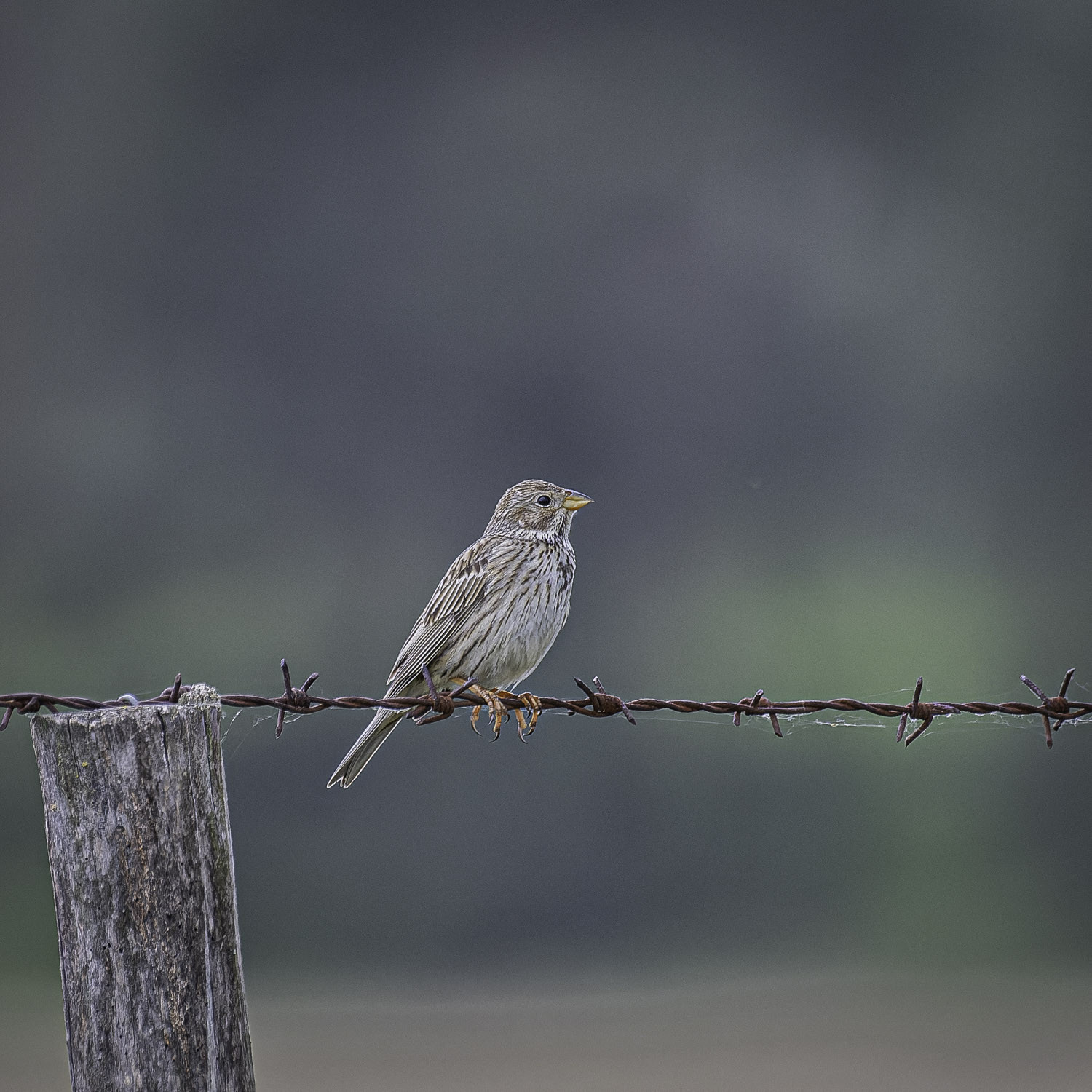Opis
The Neolith Teich belongs to the Middle Elbe Biosphere Reserve and is about 107 hectares in size. The banks of the pond, which is actually more of a small lake, are overgrown with reeds and therefore offer many hiding places for birds. And the meadows next to the pond are perfect for feeding. Poplar and pine forests, shrubs and grassland complete the picture. Especially in the period from September to December it is worth a visit. During this time, more than 30,000 gęś białoczelna and gęś tundrowa stay in the area. Sometimes there are also rarer guests among them, like gęś krótkodzioba, gęś mała, bernikla białolica, bernikla obrożna or bernikla rdzawoszyja. The area is also rich in ducks. You can see the more common ducks, but also sometimes hełmiatka, rożeniec, ogorzałka, świstun and podgorzałka. Of the total of 85 bird species recorded at Neolith Teich, about 23 are also breeding birds. Among them are ducks like krakwa, Płaskonos, cyranka, głowienka, but also perkozek, perkoz rdzawoszyi, bąk, bączek, rokitniczka, trzcinniczek (zwyczajny), trzciniak, remiz and błotniak stawowy. Sometimes bielik is seen around the lake.
Szczegóły
Dostęp
The nature reserve borders in the east on the Köthen–Aken railway. Otherwise, it is mainly bordered by public roads. In the northwest of the pond there is an observation platform from which the pond can be viewed. Note: The Neolith pond is used for fishing during the summer months (15 July to 30 September).





